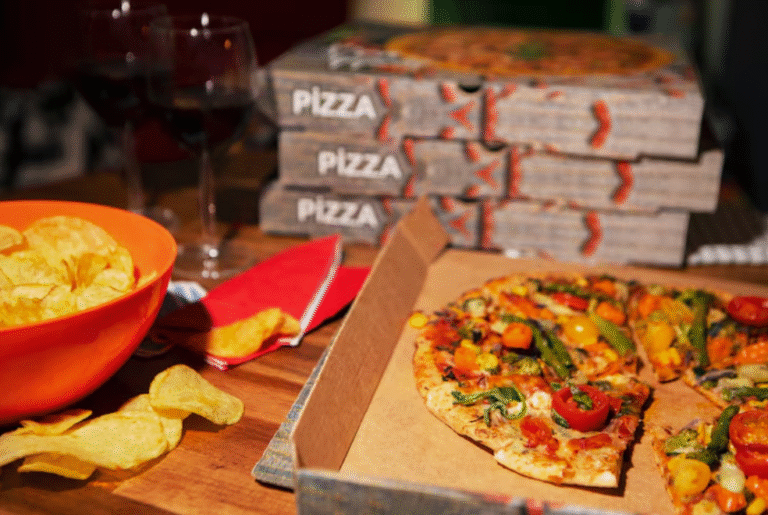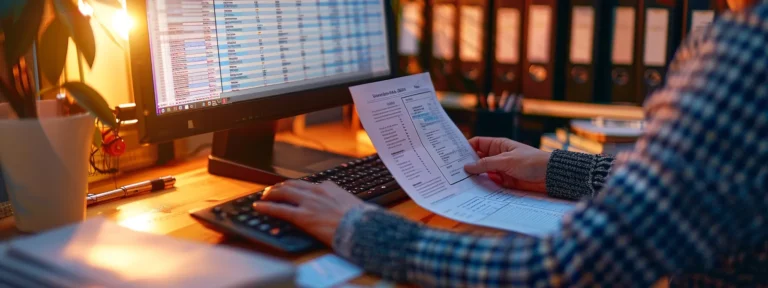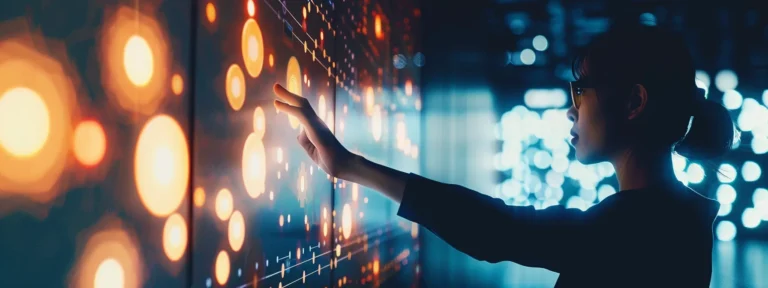How Are AI-Generated Images Being Used in Mental Health Therapy and Healing?

AI isn’t just taking over Silicon Valley—it’s poking its weird little robot fingers into therapy now, too. Seriously, picture this: you type a few words, and boom, there’s an image that nails your mood better than you ever could. That’s an AI picture generator. Sure, they started out as toys for ad agencies and bored teenagers, but now therapists are getting wise and dragging that tech right into the therapy room. They’re using it to help folks dig up emotions, heal, or just get some clarity. Kinda wild, right?
What Is an AI Picture Generator?
An AI picture generator’s basically like having a digital wizard—type in “a peaceful forest in autumn with soft sunlight,” and bam, you get this lush slice of visual poetry, almost like nature herself photobombed your laptop. Wild, right? These things run on deep learning models that have gobbled up mountains of art, photos—pretty much everything from Bob Ross landscapes to trippy anime. So whatever vibe you want: hyper-realistic, dreamy, messy Van Gogh energy, you name it, they’re on it.
And look, it’s not just about making pretty wallpapers. In mental health, these AI-made images aren’t just for kicks. They’ve actually got some serious chops as tools for therapy—helping folks crack open their feelings or, sometimes, see the stuff swirling around inside their own heads. Straight up, sometimes a picture really is worth all those words.
Helping Clients Visualize Their Inner World
Honestly, therapists are getting pretty creative with AI art stuff these days. You know how it’s weirdly tough to pin down what’s going on in your head? Like, you try to talk about your feelings and suddenly words just… bail on you. So now, therapists are basically letting people toss whatever they’re thinking or feeling into an AI picture thing, and *bam*—you get this visual snapshot of your inner chaos or calm or whatever.
It’s kind of wild. Let’s say someone’s wrestling with anxiety—they might type in “a storm brewing over a city at night” and see it all gloomy and intense. Someone else chasing peace could be like, “a quiet lake under moonlight,” and the image is all chill vibes. Then the therapist is like, “Cool, let’s talk about that.” Suddenly you’re not just fumbling for words—you’ve got an actual picture to riff on. Makes digging into your mess of feelings a little less impossible, you know?
Supporting Trauma Healing Through Visualization
So, here’s the thing—trauma recovery? It’s rough. There’s all this digging up old, ugly stuff, but, like, you can’t just dump people in the deep end, right? That’s where this wild tech comes in handy. Imagine you’re sitting with your therapist, dread in your gut, and instead of babbling out the entire nightmare, you try something else. You say, “It’s like a storm inside a box,” or whatever weird metaphor pops out. Boom—the AI spins up an image that matches your vibe.
Honestly, it feels less intense that way. You don’t have to say it all, but you see it, kind of sideways, like peeking at old wounds through frosted glass. Especially for folks battered by stuff like childhood trauma or PTSD, where words just freeze up in your throat—this method’s a game changer. Nobody’s forcing you to relive the horror in HD; you get some control, some breathing room. Way less overwhelming, and, hey, sometimes a picture really does say what words just…can’t.
Enhancing Guided Meditation and Visualization Exercises
You know, guided imagery and meditation get tossed around a lot in therapy—folks use ’em all the time to chill out, stay present, and toughen up emotionally. But here’s the cool part: therapists can whip up these custom images for clients now, thanks to AI art generators. Forget those stiff stock photos of random sunsets or, I dunno, some generic field. Now, if a person says, “Hey, what really calms me down is picturing a snug cabin tucked in snowy mountains, with a crackling fire going,” the AI can literally cook up that exact vibe.
It’s actually kind of wild, when you think about it. That level of detail? It just hits different. When the imagery perfectly matches what someone finds safe or soothing, it totally ramps up the whole experience—mindfulness isn’t just another box to tick; it actually clicks.
Empowering Creative Expression and Self-Discovery
Creativity is often an overlooked but powerful component of emotional healing. Some therapists encourage clients to use an AI picture generator as a way to explore their identity, express unspoken feelings, or even reimagine their future selves. Creating art, even through a digital medium, can be empowering for those who feel stuck, voiceless, or emotionally numb.
Honestly, some folks get totally intimidated by art therapy just because they think they can’t draw to save their lives. Not everybody’s born with Picasso energy, right? So, having some kind of tool where you don’t have to be good at sketching but can still get your thoughts out there visually—yeah, that’s a real game changer. It takes away the pressure and lets people open up without stressing over their lack of “art skills.”
The Ethical and Clinical Considerations
Honestly, anytime you throw tech into the mix for mental health, you kinda gotta keep an eye on the ethics side of things. Like, therapists can’t just whip up random AI pics and hope for the best—what if it messes with someone’s head or brings up bad memories? Not cool.
Also, don’t even get me started on privacy. You’re putting stuff on the cloud or some sketchy third-party app? Yikes. Keep it locked down, or things could get sticky real fast. At the end of the day, no fancy AI gadget can replace the real, face-to-face stuff that actually helps people. The picture generator is just a sidekick, not the main act. If the tech is doing all the work, something’s gone sideways.
Looking Ahead: The Future of AI in Therapy
Honestly, with the pace AI’s moving, who even knows where we’ll be in a couple of years? Picture this: you’re journaling your feelings, AI’s whipping up trippy images of your mood swings, and your phone’s quietly tracking every emotional blip – all in one app. Kinda wild, right? It almost feels like sci-fi, but, yeah, it’s close to happening.
All in all, these AI picture generators aren’t just fun party tricks anymore. They’re actually making waves in therapy – helping folks sketch out what’s going on upstairs in ways words sometimes totally fail. Whether it’s seeing your emotions splattered out in wild colors or just trying to get a grip on what you’re feeling, this tech is cracking open doors we didn’t even know existed. Healing’s got a new sidekick, and honestly? I’m intrigued to see where this weird, wonderful ride takes us.




